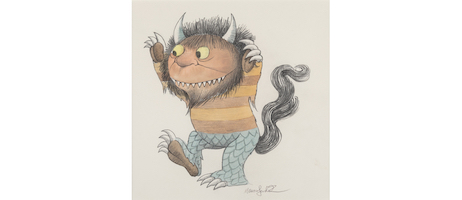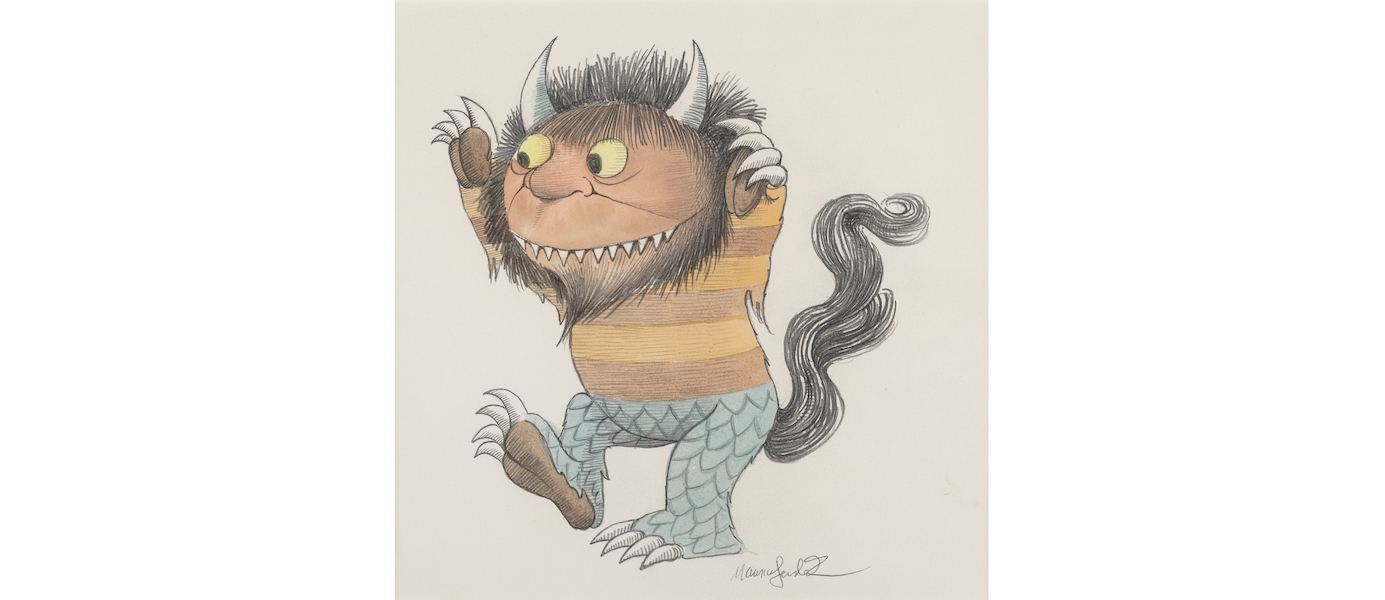
DALLAS — Maurice Sendak, perhaps the greatest children’s book author and illustrator of our time, has more in common with the Brothers Grimm than most would admit. But Sendak would admit it, being a fan of the Grimms’ grim tales to the point of collecting and illustrating them. Like the Grimms, Sendak was interested in the way the world looks and feels to kids who have to negotiate it, and he knew that stories could tell us some unvarnished and necessary truths about human nature (and nature itself) in a way that could fire their young imaginations while shooting straight about the hopes, fears, dangers and pleasures of growing up. After World War II, as Disney continued to clean up Grimm’s dark universe and kids books played it increasingly safe, Sendak went against the grain, and through his masterpieces such as Where the Wild Things Are, In the Night Kitchen, and Really Rosie gave us expansive, complicated, interesting kids with big interior worlds — stories that did absolutely nothing to flatter the egos of grownups. In the process, Sendak became an American treasure. Sendak’s artwork is some of the most recognizable and beloved of the last century.
Sendak’s illustrated Brothers Grimm tales are among the significant works on offer in an exceptional Sendak event taking place at Heritage Auctions on June 30, but which opened for bidding on June 10, which happens to be Sendak’s birthday. Wild Things: The Art, Literature, and Theatre of Maurice Sendak Signature ® Auction is the most complete collection of Sendak art ever brought to the public block.
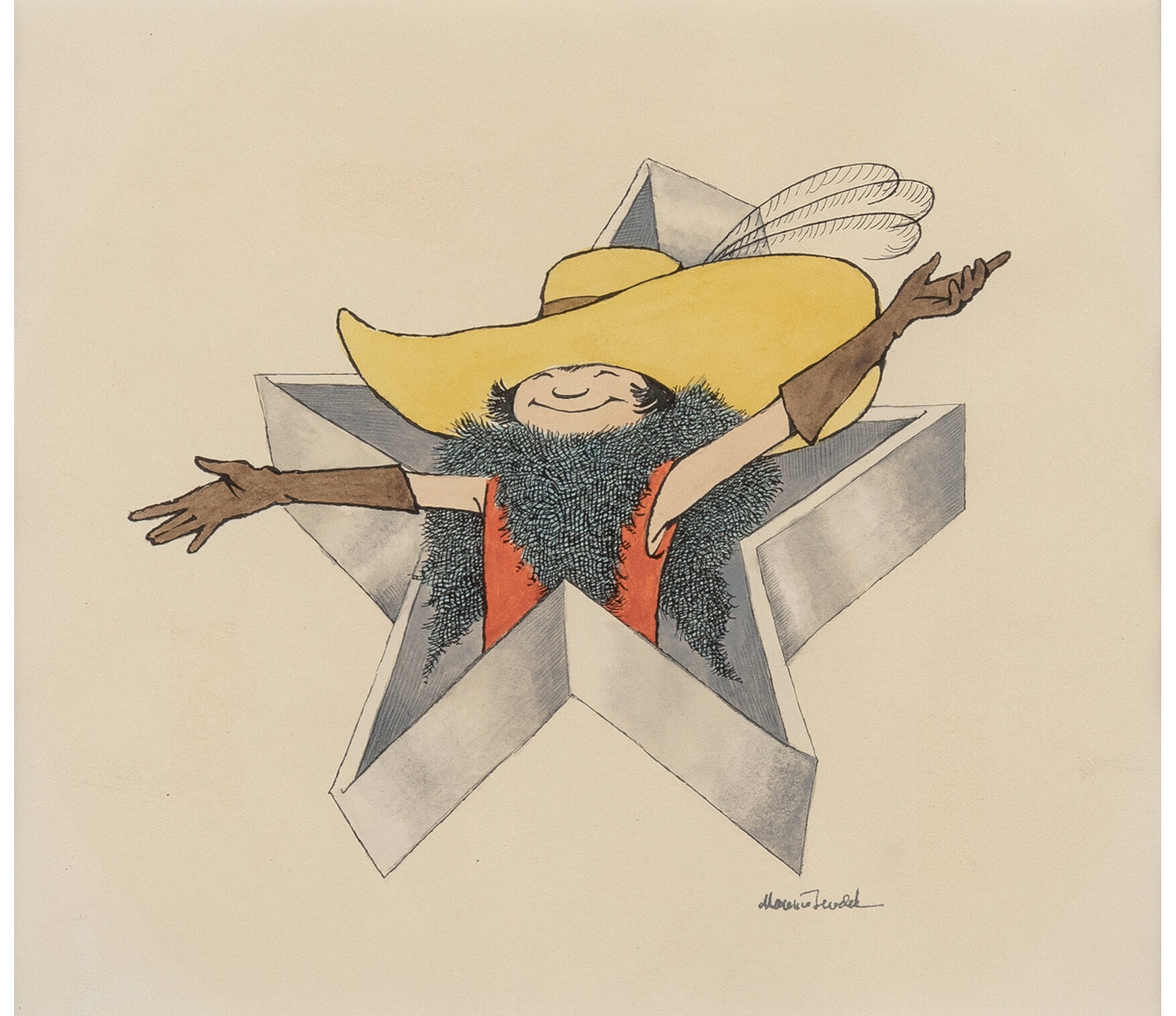
“This extraordinary opportunity presents works from the full spectrum of Maurice Sendak’s career,” said Heritage’s Senior Consignment Director of Illustration Art Meagen McMillan. “From his first available illustrations in 1947 to his last works created in the early aughts, it covers every aspect of his output. The price points, too, cover a range that welcomes new collectors as well as Sendak’s connoisseurs — everything from posters and toys to Sendak’s first drawings for Wild Things.”
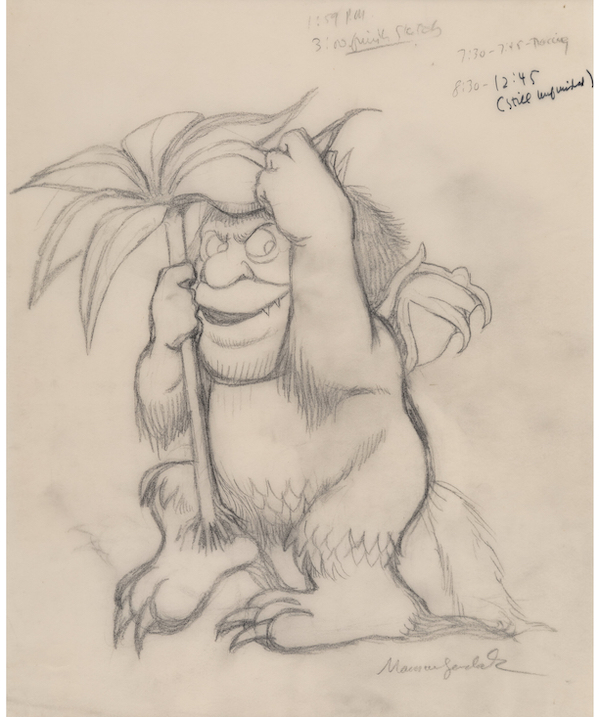
The person who made this special event possible is Justin Schiller, Sendak’s close friend, collector, collaborator and 45-year colleague who also happens to be one of America’s greatest bookselling experts of children’s literature. Sendak’s dedicated collectors know Schiller’s name. “Sendak did not illustrate at children,” said Schiller. “He illustrated for children, for the young adults they were becoming. He did not want to frighten them. He wanted to tell them the truth.” The June 30 Heritage event is a continuation of Heritage’s longstanding relationship with Schiller as he parts with some of his most beloved Sendak works.
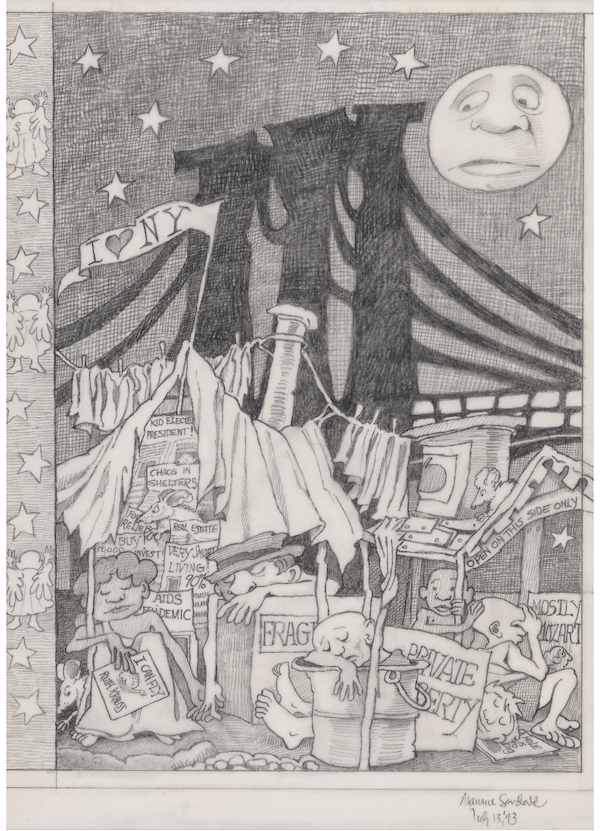
Both familiar characters and rarities abound in this event. Sendak’s original and singular works on paper — studies and completed illustrations in pencil, ink, and watercolor — are among the top lots, of course, and that includes the only cover Sendak ever completed for the New Yorker magazine in 1993. (When asked why Sendak didn’t do more New Yorker covers, Schiller said, “They never asked him! They thought he was too busy!”) We Are All in the Dumps with Jack and Guy, with its worried-looking moon hovering over a chaotic New York City, joins Sendak’s New Year’s Baby for the New York Times editorial illustration in 1976 in this event. That plump newborn may be quaffing some champagne out of a coupe, but he looks more than a little alarmed by what he senses is coming down the pike in 1977. An ink-and-pencil on paper alternative illustration of the baker (here “cast” as Oliver Hardy) for In the Night Kitchen, from 1969, proves Sendak’s mastery of robust and ever-dynamic composition, and his full-color watercolor illustration study of Moishe, a Wild Thing, proves to collectors yet again that Sendak’s illustrations are some of the most charming and enigmatic ever put to paper. The linework is as gorgeous as calligraphy, and the monster’s happy expression as he rambles across the page is as sweetly hopeful and expectant as any adventuresome kid’s.
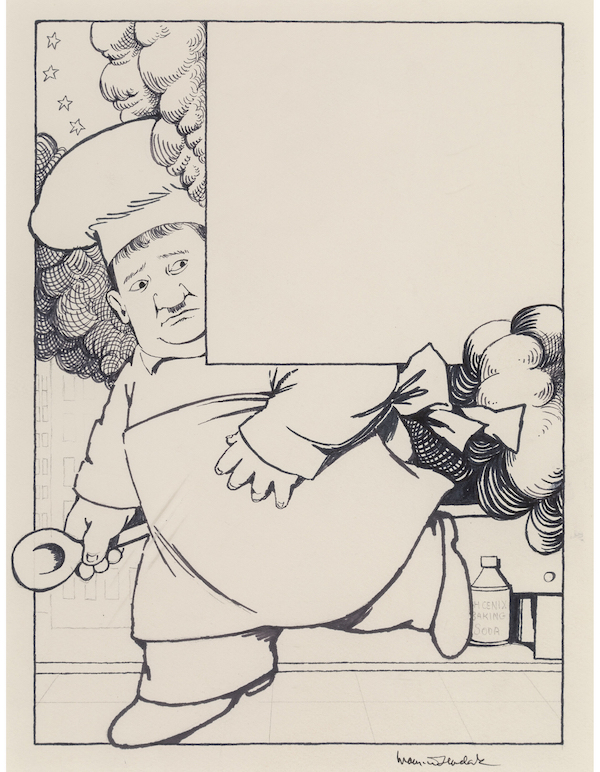
Speaking of Wild Things, this Sendak event boasts the unexpected (and until now unavailable) rarities of Sendak’s output. A watercolor illustration from 1971, titled Pictures, was created by Sendak as an introduction to a pictures portfolio and exhibition at the Society of Illustrators; it shows us Wild Things Moishe and Lady in a gallery taking in the portraits of Mickey, Max, and Alligator hanging on the wall. The Credit Crunch no. 1, a study dated 1966-68, is, along with The Credit Crunch no. 2, Sendak’s earliest use of Wild Thing-like characters for commercial advertising. The monster may be holding a giant flower, but he’s using it to conceal himself and he looks like he’s up to no good at all.
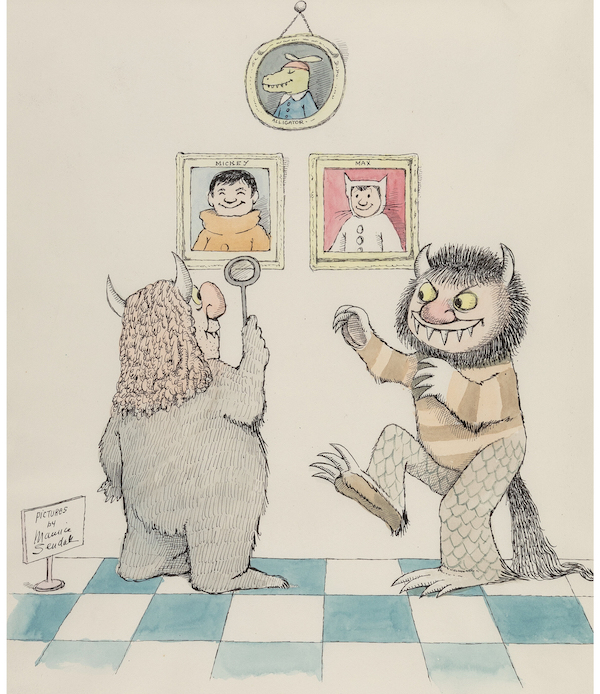
Fan favorites abound in this event, with original illustrations and rare promotional materials from Really Rosie, Little Bear, Higglety Pigglety Pop and more. Theater fans who are also Sendak fans — a pretty healthy crossover — will find a lot of treasures here, too: Sendak’s love of the stage led him to create sets, illustrations and advertisements for his favorite houses, productions and troupes, including his work for the New York City Opera (1982’s season included Candide and Hamlet), a 1996 staging of Tchaikovsky’s Nutcracker and a 1981 run of Prokofiev’s The Love for Three Oranges. There are more than 300 lots in this event that together give a sense of Sendak’s artistic scope and public reach.

Not all of it was so public. The rarest work in this event, according to Schiller, is a folded, eight-panel drawing from 1959 titled The Acrobat. Hand-colored by Sendak, he issued it as a Christmas card that year, and it is indeed the rarest of all Sendak titles, with only 30 copies printed and the publisher Bob Brooks and the artist each getting only 15 copies to distribute that year. There are only three copies located on OCLC, and only one copy sold at auction (in 2014). This copy is from the library of Judy Taylor, Sendak’s British editor at The Bodley Head. The panels depict a lone tumbling boy limbering up for the holiday season — and presumably at the time, decades more of Sendak’s spectacular output.


